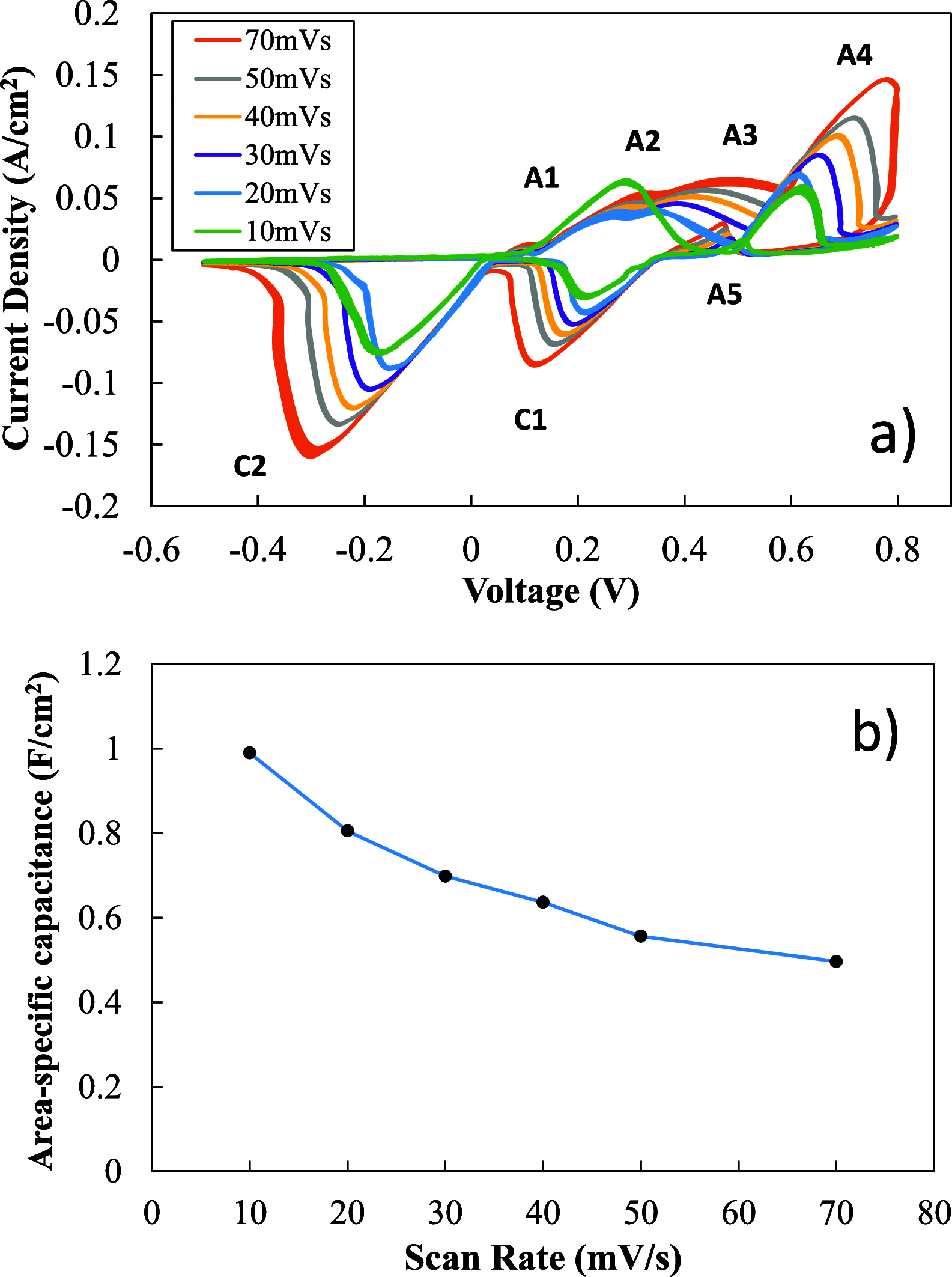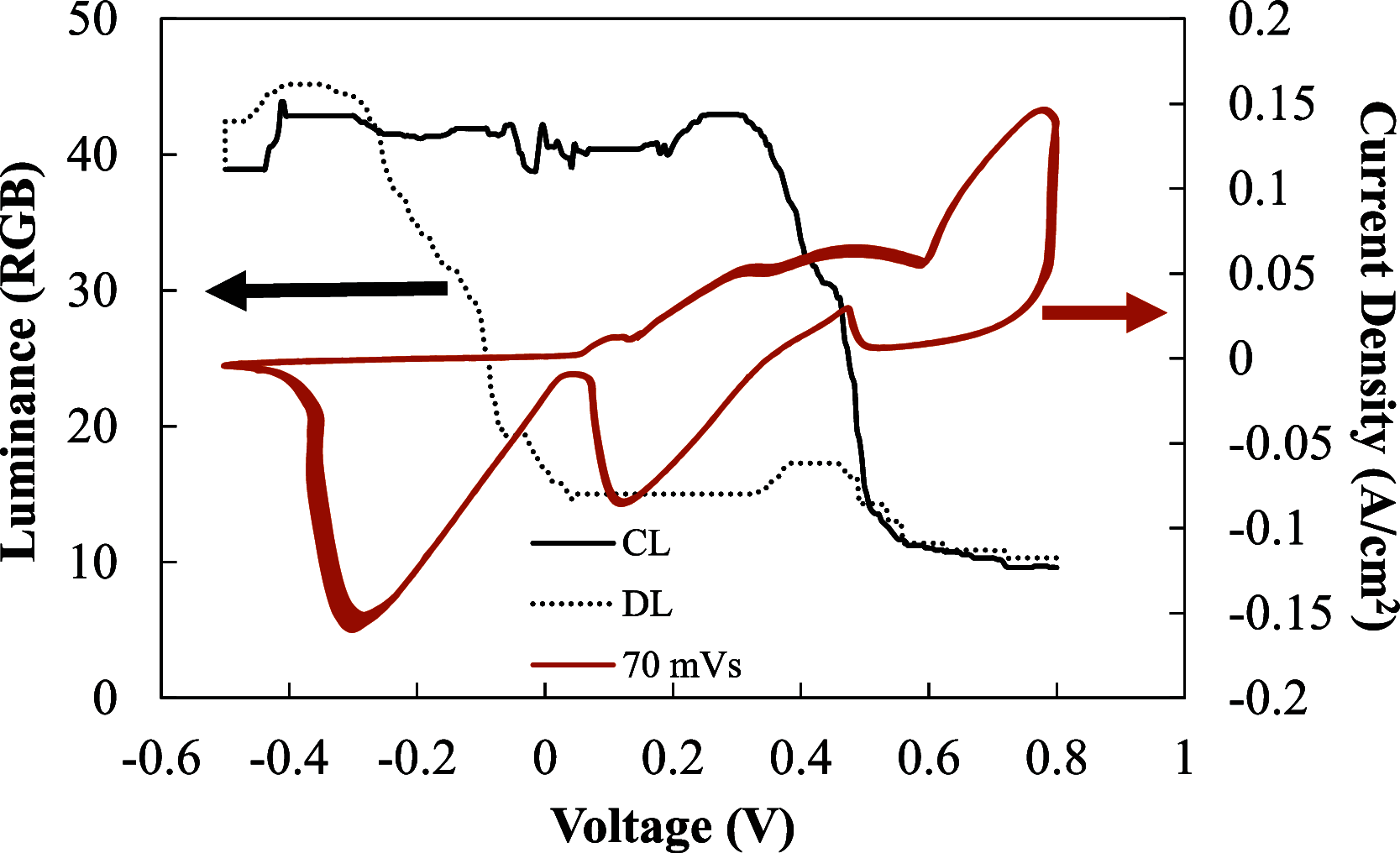High-Performance 3D Nanostructured Silver Electrode for Micro-Supercapacitor Application
- PMID: 37929086
- PMCID: PMC10620899
- DOI: 10.1021/acsomega.3c02235
High-Performance 3D Nanostructured Silver Electrode for Micro-Supercapacitor Application
Abstract
In the current energy crisis scenario, the development of renewable energy forms such as energy storage systems among the supercapacitors is an urgent need as a tool for environmental protection against increasing pollution. In this work, we have designed a novel 3D nanostructured silver electrode through an antireplica/replica template-assisted procedure. The chemical surface and electrochemical properties of this novel 3D electrode have been studied in a 5 M KOH electrolyte. Microstructural characterization and compositional analysis were studied by SEM, energy-dispersive X-ray spectroscopy, XRD technique, and Kripton adsorption at -198 °C, together with cyclic voltammetry and galvanostatic charge-discharge cycling measurements, Coulombic efficiency, cycle stability, and their leakage current drops, in addition to the self-discharge and electrochromoactive behavior, were performed to fully characterize the 3D nanostructured electrode. Large areal capacitance value of 0.5 F/cm2 and Coulombic efficiency of 97.5% are obtained at a current density of 6.4 mA/cm2 for a voltage window of 1.2 V (between -0.5 and 0.8 V). The 3D nanostructured silver electrode exhibits excellent capacitance retention (95%) during more than 2600 cycles, indicating a good cyclic stability. Additionally, the electrode delivers a high energy density of around 385.87 μWh/cm2 and a power density value of 3.82 μW/cm2 and also displays an electrochromoactive behavior. These experimental results strongly support that this versatile combined fabrication procedure is a suitable strategy for improving the electrochemical performances of 3D nanostructured silver electrodes for applications as micro-supercapacitors or in electrochemical devices.
© 2023 The Authors. Published by American Chemical Society.
Conflict of interest statement
The authors declare no competing financial interest.
Figures









References
-
- Zhong Y.; Xia X.; Mai W.; Tu J.; Fan H. J. Integration of Energy Harvesting and Electrochemical Storage Devices. Adv. Mater. Technol. 2017, 2 (12), 170018210.1002/admt.201700182. - DOI
-
- Karthikeyan S.; Narenthiran B.; Sivanantham A.; Bhatlu L. D.; Maridurai T. Supercapacitor: Evolution and Review. Mater. Today: Proc. 2021, 46 (9), 3984–3988. 10.1016/j.matpr.2021.02.526. - DOI
-
- Forouzandeh P.; Kumaravel V.; Pillai S. C. Electrode Materials for Supercapacitors: A Review of Recent Advances. Catalysts 2020, 10 (9), 969.10.3390/catal10090969. - DOI
-
- Kumar Y.; Rawal S.; Joshi B.; Hashmi S. A. Background, Fundamental Understanding and Progress in Electrochemical Capacitors. J. Solid. State. Electrochem. 2019, 23, 667–692. 10.1007/s10008-018-4160-3. - DOI
LinkOut - more resources
Full Text Sources

